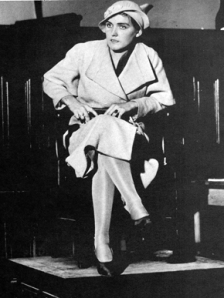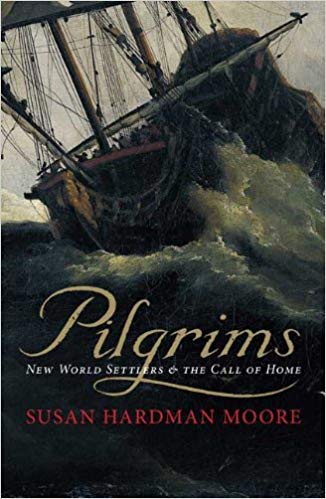
Review
Pilgrims proved its main argument well but included overly detailed personal stories, some redundancy, and was not a very entertaining read.
Moore did a good job of proving her thesis that while religion was the biggest motivation why Pilgrims left England starting in the early 1600’s and then returned between 1630-60, people’s lives were more complex. There were also economic, political, and personal reasons for their decisions. These secondary motivations determined who stayed and who actually left. For instance, many Protestants opposed Bishop Laud’s move towards Christianity but not all Protestants left. Susanna Bell did travel to New England because her child died and her relative had gone to New England the year before.[1] The author made a convincing case that the number of Pilgrims who returned to England were substantial and their reasoning was important to understand even though this has usually been written out of history books. The book showed that the Pilgrims that went to New England were not as radical as they are sometimes portrayed. Most wanted to purify not separate from the Church of England. For instance, John Winthrop’s famous “City on A Hill” speech said the Massachusetts Bay Colony had to be an example of religious purity because they are being judged by not only God but also England.[2] Moore stated that the communication technology of the times (pamphlets going across the Atlantic Ocean on boats) made the Pilgrims seem more radical than they actually were.[3] Once they were back in England these Pilgrims only tried to institute gradual reforms and not try to separate from the Church of England.[4] Moore used many primary sources from both England and New England to write this detailed accounting of individual people’s lives. As a native of Massachusetts, I also appreciated the little nuggets of MA history. For instance, Moore talked about how Cambridge, MA was named after Cambridge University since many of the founders of the town went to school there.[5]
Even though Moore proved her main thesis the way she got there was a struggle. The book had some very detailed vignettes of individual Pilgrim’s lives which led to their decision to migrate. However, sometimes it was hard to follow the main points that the author was trying to make since she went into so much detail about the people’s lives. There were nine chapters but the themes in these chapters sometimes overlapped and the book only had four main themes: why people went from England to New England, the theology of these people, why some people returned, and what life was like for them when they returned. The author could have done a better job of making her arguments clearer and consolidating some of the chapters to avoid some repetition. At times, the author added details that were not relevant to the main idea of the chapter. For example, in Chapter 2 she described how harsh the New England winters were. This is interesting but she does not make the connection between this and the main point of the chapter, which was about the New England Pilgrim’s theology called the “New England Way.”[6] The books also included pictures but they were all located in the middle of the book so you could not see them while you were reading about the picture’s content. Even with these areas for improvement, this book is still worth a read by advanced students of early American colonial, 17th century British, immigration, or Massachusetts history.
Summary
Pilgrims explained the motivations of the many people who had emigrated to New England by the 1630’s but eventually moved back to England. The major impetus for traveling to New England was the Protestant Reformation that started in 1560 that was against Popery, making the Church of England become more Catholic, and against separation from the church. Between 1560-1630 Protestant reformers and the leaders of the Church of England accommodated each other.[7]
In the 1630’s the protestant reformers became Pilgrims by emigrating to New England for religious, political, economic, and social/personal reasons. The major reason why people moved to New England was that Archbishop of Canterbury William Laud, Bishop Matthew Wren and other leaders of the Church of England ended their religious toleration of Protestant reformers and instituted reforms to move closer to Christianity.[8] They required following the Book of Common Prayer, installing a railing between parishioners and communion, sermons only be preached on Sundays, and that ministers to wear surplices. They also outlawed sermons on predestination and freely composed prayer. King Charles I also moved closer to Christianity by marrying the Catholic Henrietta Maria in 1625. However, the people that went to New England should not be thought of as radical separatists. Most just wanted to purify not separate from the Church of England. For instance, John Winthrop famous “City on A Hill” speech said they have to be an example of religious purity because they were being judged by God and England. Since the boat ride was so expensive the typical Pilgrim actually had a higher than average social and economic standing.[9] Providence, which is God’s plans for people’s lives, was another reason for people to leave England. People looked for signs of Providence to ensure God wanted them to brave the dangerous journey to this new world.[10]
Religion was the major factor but there were also political reasons for leaving. For example, many opposed King Charles I ruling without a parliament from 1629-40. People also had economic reasons for leaving like trying to get rich by catching cod off the New England coast. Some people also had personal reasons for traveling to New England. For example, Susanna Bell went to Massachusetts a year after her relative had emigrated to the same place. [11]
The theology of these New England Pilgrims was called Congregationalism and the “New England Way.” It was different than the Church of England but not as radical as they have been portrayed. A major tenet was that each church community was required to sign a covenant binding everybody together, which meant one could not leave without permission. To enter the covenant people had to give a testimony to show that God had granted them grace. Unintuitively, this was used not to keep people out but to bind people together since they came from all different areas of England and were now in an unexplored land. This did have political consequences because only male freeman who gave a testimony could join the church and only church members could vote.[12]
There were several controversies involving the New England Way. The majority of New England protestants believed people had to live good lives in order for God to grant them grace. There were some Antimonians, who believed that God could grant people grace instantaneously. Many, including Anne Hutchinson, were excommunicated from New England for holding these beliefs.[13] Two different forms of church governance developed between England and New England. England developed Presbyterianism which emphasized church bureaucracy. New England developed Congregationalism where the most important unit of the church was the individual congregations not the church hierarchy.[14] The competition between churches reached its height in the Pamphlet Controversy where prominent figures sent pamphlets back and forth over the Atlantic Ocean to argue why their church was better or show the faults of the other church. The main criticisms of the New England church were that covenants and testimonials were good but not necessary, New England preachers were holier than though for thinking that their churches were purer than the ones in England. This was the main way the English found out about the New England Way. However, the time lag in receiving these pamphlets as well as the bias of the authors created the impression that the New England Protestants were more radical than they really were. For instance, they tied the New England way to Roger Williams who was a true separatist.[15] New England preachers had to preach middle ground between saying English churches were corrupt to justify them going to NE but were not too tough to avoid being called separatists
¼ of Pilgrims who went to New England returned to England in the 1640-50’s before King Charles II was restored and once again tied the Church of England to Catholicism.[16] The author explains that people who returned are usually written out of history but there was a significant amount of people who returned so it is important to know their motivations. The New England church established the Cambridge Platform to lay out clear rules for how people could exit the church. The main stipulations were that people could not leave for private gain but only for the benefit of the community and that the church leaders had the final say about whether people could leave or not. These were clear rules but people’s lives were much more complex. For instance, one priest wanted to go back to England for personal reasons but he gave sermons to persuade the congregation why it was in their best interest that he leave.[17]
People returned to England mainly for religious reasons but political, economic, and personal considerations also factored into these decisions. In 1641 Laud and Wren were put in the Tower of London. This caused many people to come back to England since they thought there would be less poperism and more toleration.[18] Some ministers return to England to get a more stable job or because they were dissatisfied with New England religious life.[19] On the other hand, some ministers were advocates of the New England.[20] Some people thought the tough life in New England was Providence trying to tell them to return. Whereas, other people stayed in New England because they thought Providence was telling them to convert the Native Americans.[21]
Political changes also pushed people back to England. Charles I personal rule ended so Parliament was called back.[22] The English Civil Wars from 1640-6 and 1648-9, on the whole, slowed immigration back to England but some did move back to England to take positions on the army.[23] In the 1650’s England went to war with the Netherlands, which motivated people tied to Amsterdam in Connecticut and New York to return to Europe.[24]
The economic reason for returning to England included having property/inheritance in England and to prevent financial loss since investment in Massachusetts dried up after 1640.[25] Some also moved back because there were better job prospects in England. For instance, Harvard was graduating more and more preachers at a time when they were less in demand since the population of New England was plateauing.[26] Traders were the most likely to return to England since they had Trans-Atlantic connections and yeoman farmers were the least likely since land was so cheap in New England.[27]
The economy, politics, and religious changes affected everybody but personal reasons determined why some people returned to England while other people stayed in New England. People returned because their family members got sick, to escape the harsh New England winters, to rescue their reputation, or to follow their family members.[28] Older people were less likely to return because they had a stronger commitment to New England and were in worse health.[29]
Once back in England most people returned to their old town or moved in with family. Oliver Cromwell wanted returning English soldiers to settle in Scotland and Ireland, where he was fighting wars, to establish more English influence in these places. Soldiers wanted to settle in Scotland but not in Ireland. People who returned did get positions in the English army but not as high as people who had stayed in England. People were still influenced by their time in New England even when they returned through trade ties and by setting up Congregationalists style churches in England.[30]
New England preachers were usually not radical, worked within the church bureaucracy, and had varied experiences upon their return to England. They did better when they instilled gradual reforms in places that were sparsely populated and had a disorganized church. They understood that they could institute radical changes in New England because they were starting from scratch but they needed to only institute reforms in England since they already had established churches. For instance, people had to give testimonials to enter into the church covenant. In England, they instituted half covenants where people could still be allowed to get baptized but excluded from the other sacraments. Others had a formal mass on Sundays but had informal masses other days of the week.[31]
Endnotes

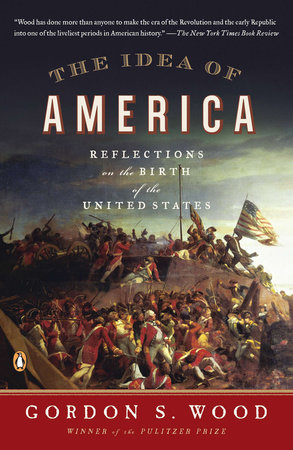
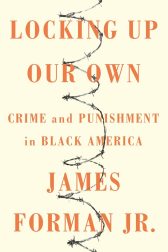
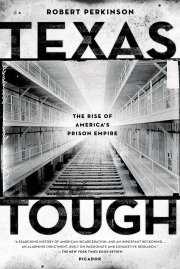
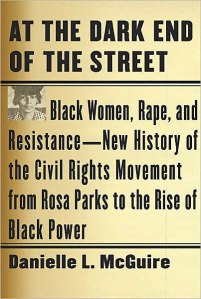
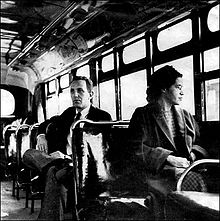
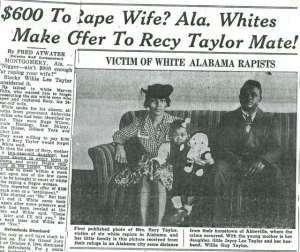
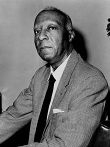
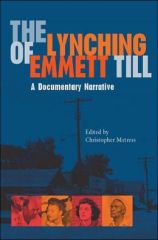
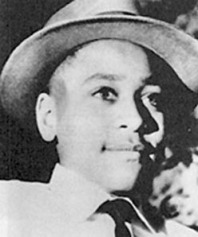
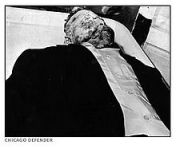
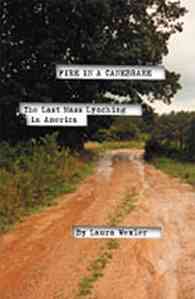
![Loy Harrison [right] with FBI agent](https://matthewtkeough.wordpress.com/wp-content/uploads/2013/03/loy.jpg?w=240&h=182)
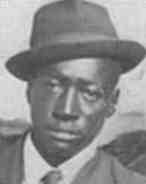
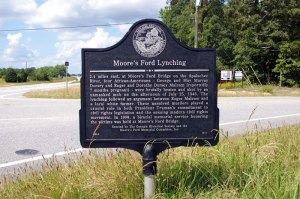
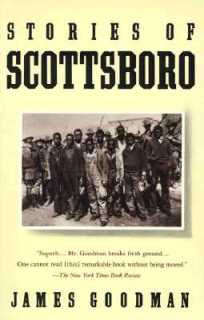
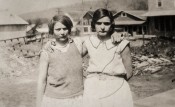
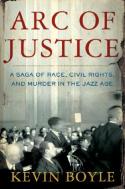 narrative history books such as
narrative history books such as 